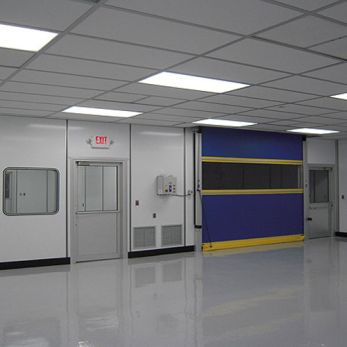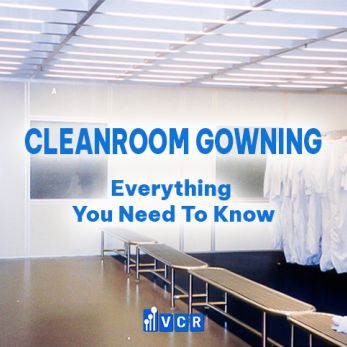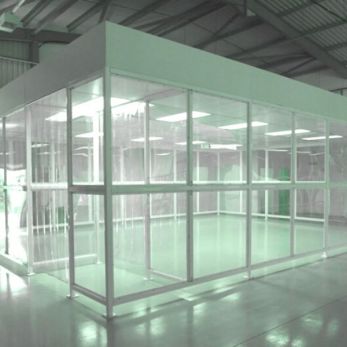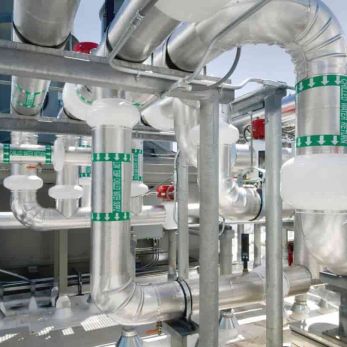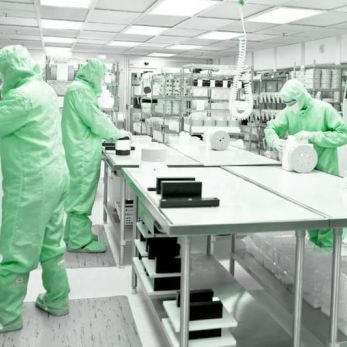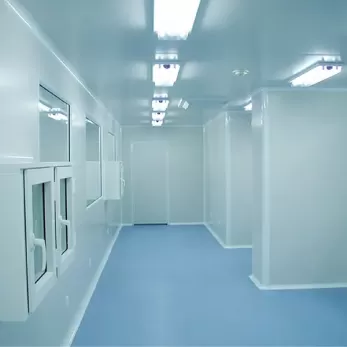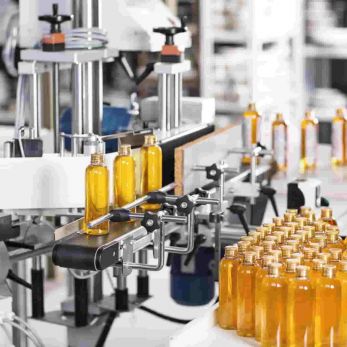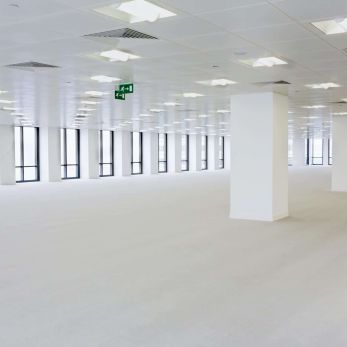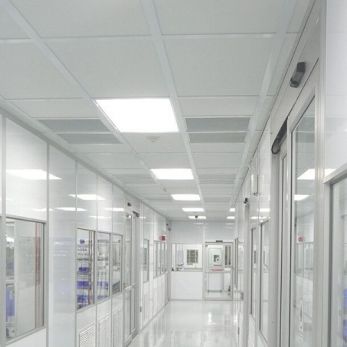The importance of humidity control in cleanroom
Humidity is a common environmental control condition during cleanroom operation. This article will clarify the importance of humidity control in cleanroom
1. Why do cleanrooms need to control temperature and humidity?
Humidity is a common environmental control condition during cleanroom operation. The value of relative humidity in cleanrooms is controlled in the range of approximately 30 to 50%, with an allowable error within a narrow range of ±1%, such as photolithography areas - or in deep ultraviolet processing (DUV) areas or even smaller - while other areas are within ±5%.
Because relative humidity leads to a range of contamination factors that can degrade overall cleanroom performance, including:
● bacterial growth
● The range within which the staff feel comfortable at room temperature
● electrostatic charge
● metal corrosion
● water vapor condensation
● degradation of lithography
● absorbent.

2. Humidity control ranges for cleanroom
Bacteria and other biological contamination (mold, viruses, fungi, mites) can thrive in environments with relative humidity above 60%. Some flora can grow when the relative humidity exceeds 30%. The effects of bacteria and respiratory infections are minimized when the relative humidity is in the range of 40% to 60%.
Relative humidity in the range of 40% to 60% is also a moderate range for human comfort. Too much humidity can make people feel stuffy, while humidity below 30% can make people feel dry, chapped skin, respiratory discomfort and emotional discomfort.
High humidity actually reduces static charge build-up on cleanroom— a desired outcome. Lower humidity is more suitable for charge accumulation and a potentially damaging source of electrostatic discharge.
Static charges begin to dissipate rapidly when the relative humidity exceeds 50%, but they can persist on insulators or ungrounded surfaces for long periods of time when the relative humidity is less than 30%.
Relative humidity between 35% and 40% can be a satisfactory compromise, and semiconductor cleanrooms typically use additional controls to limit the build-up of static charges.

The rate of many chemical reactions, including corrosion processes, will increase with increasing relative humidity. All surfaces exposed to the air surrounding the cleanroom are quickly covered with at least a monolayer of water.
When these surfaces are composed of thin metal coatings that can react with water, high humidity can speed up the reaction. Fortunately, some metals, such as aluminum, can form a protective oxide layer with water and prevent further oxidation reactions; otherwise, such as copper oxide, is not protective, so in high humidity environments, copper surfaces are more susceptible to corrosion.
In addition, in high relative humidity environments, photoresist swelling is aggravated after bake cycles due to moisture absorption. Photoresist adhesion can also be negatively affected by higher relative humidity; lower relative humidity (about 30%) makes photoresist adhesion easier, even without the need for polymeric modifiers.
Controlling relative humidity in a semiconductor cleanroom is not optional. However, it is good to review the reasons and basis of common generally accepted practices over time.
Humidity may not be particularly obvious for our human comfort, but it often has a great impact on the production process, especially in places with high humidity requirements, and humidity is often the most difficult to control. This is why the temperature and humidity control of the clean room is important.
Read more: Temperature and humidity requirements in cleanroom







